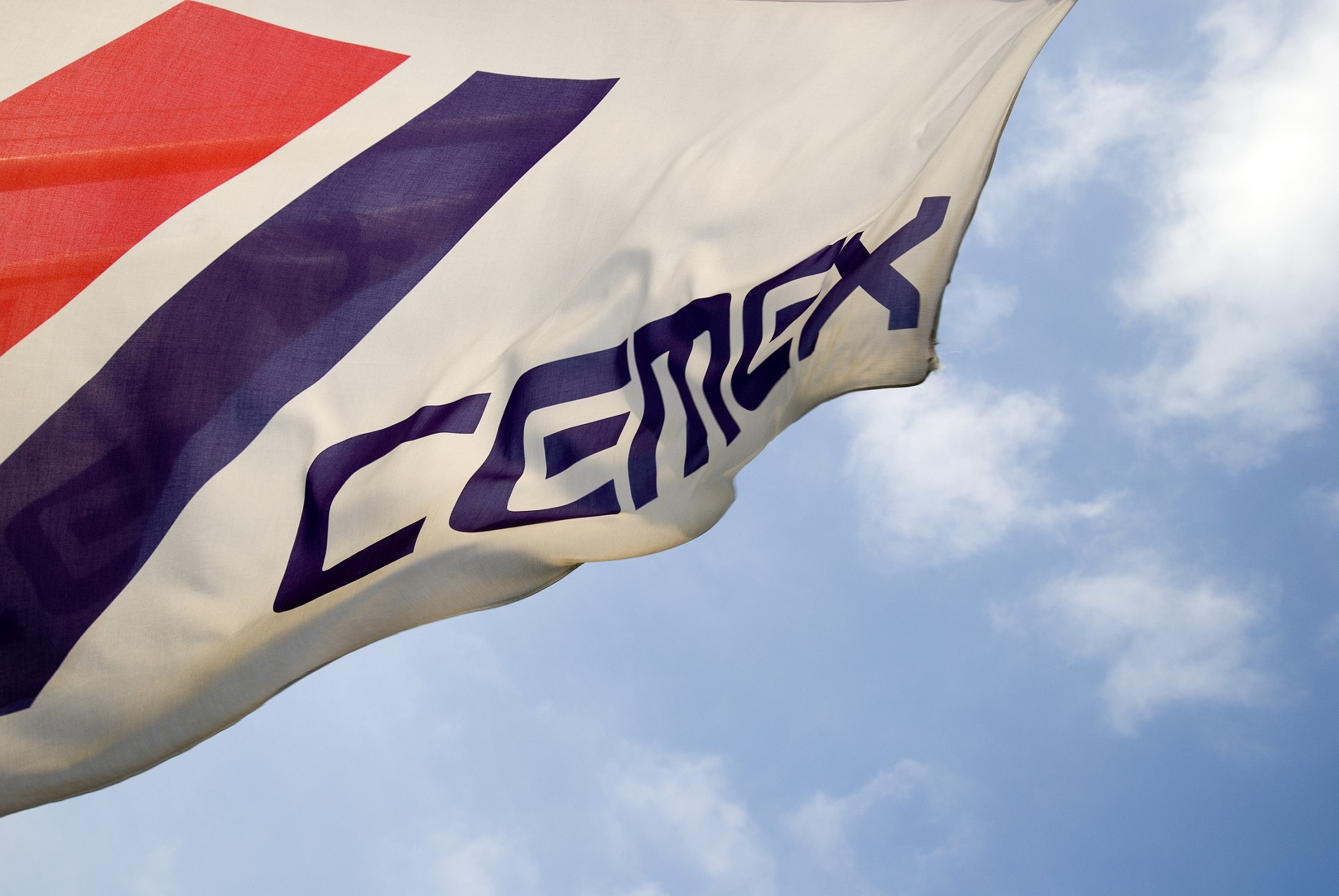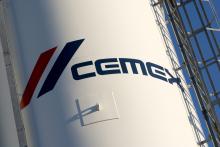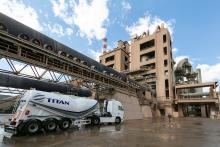
CEMEX’s alignment of its roadmap to SBTi’s Net-Zero Standard reflects its confidence that it is on the right path to net-zero and to contribute meaningfully to the world’s 2050 goal. One of the key requirements to reach the SBTi’s Net-Zero Standard is aggressive carbon reductions across a company’s entire value chain, including emissions produced by their processes (scope 1), consumed electricity (scope 2), and generated by a company’s suppliers and end-users (scope 3).
“The construction industry is essential to the development and well-being of society, and its transition to carbon neutrality is achievable,” said Fernando A. González, CEO of CEMEX. “The SBTi’s validation of our decarbonisation target attests to this as well as the strength of our commitment to achieve the most aggressive CO2 reduction goals.”
The SBTi is a partnership between the CDP, the United Nations Global Compact, the World Resources Institute (WRI) and the World Wide Fund for Nature, and one of the most recognised bodies for scientific evaluation of corporate decarbonisation roadmaps.
CEMEX, the largest concrete producer in the western world and among global leaders in cement production, launched its Future in Action programme in March of 2021 to build a more sustainable, circular future, with the primary objective of becoming a net-zero CO2 company. Innovation is a key component of the program, especially in the carbon capture, utilisation, and storage (CCUS) technology space. Since the launch of Future in Action, the company has achieved record-breaking CO2 reductions.
CCUS can be the final step to reaching net-zero CO2 after current levers, which rely on existing and proven technologies, are maximised to their fullest potential. CEMEX is currently running several CCUS innovation projects that aim to accelerate the creation of new technologies and enable the implementation of current ones at an industrial scale. CEMEX’s existing portfolio of CCUS projects has the potential to avoid more than 3 million tons of carbon emissions a year. CEMEX’s CCUS roadmap is part of the SBTI’s validation.










